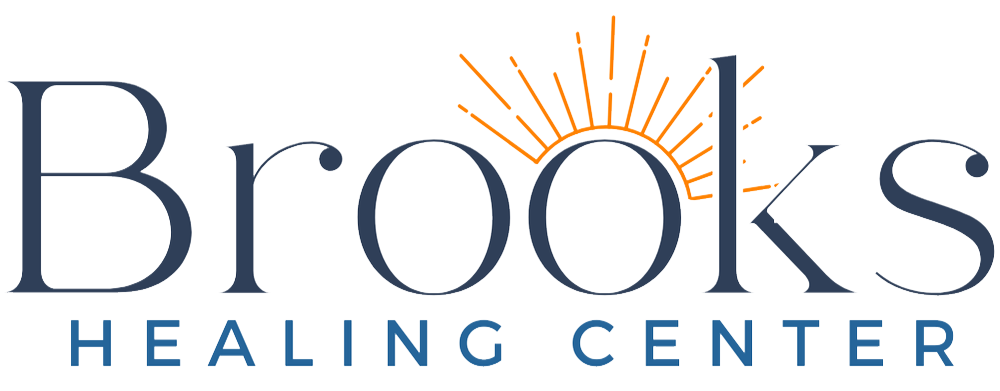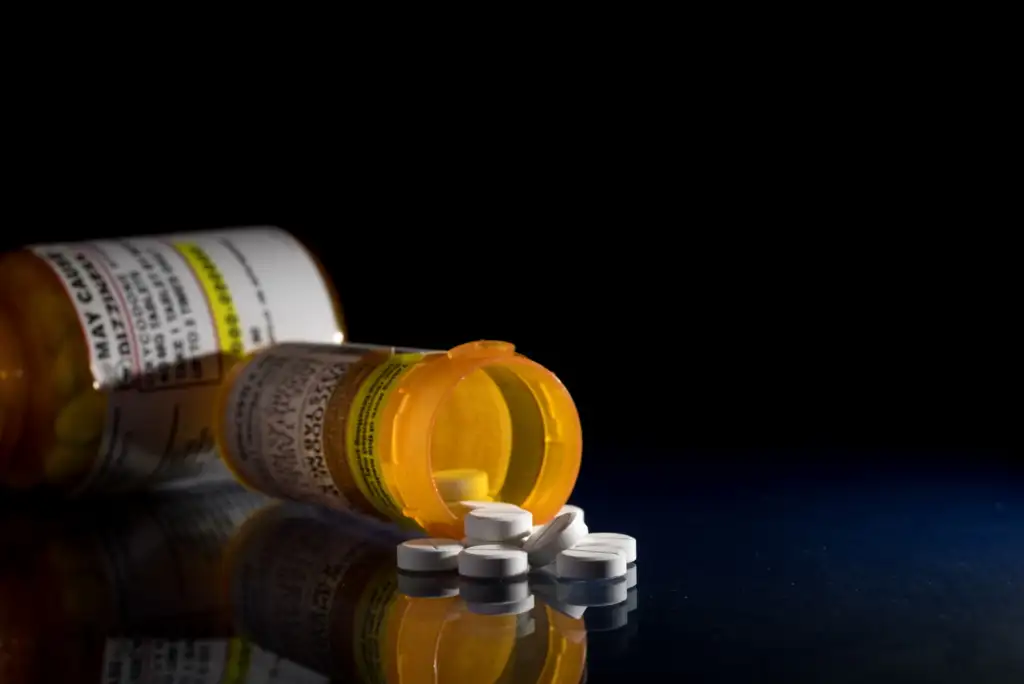Hydrocodone and codeine represent two commonly prescribed opioid medications that play important roles in pain management across healthcare settings. Medical professionals carefully prescribe these medications to help people manage severe pain following surgery, injuries, or certain chronic conditions. Healthcare providers must weigh the therapeutic benefits against potential risks, as both medications can lead to physical dependence when not taken as directed. These powerful pain relievers require careful monitoring and proper prescription practices to ensure safe, effective treatment while preventing misuse.
What is Hydrocodone?
Hydrocodone is a semi-synthetic opioid pain medication that doctors prescribe to treat moderate to severe pain.[1] This prescription medication works by binding to opioid receptors in the brain and nervous system, changing how the body perceives and responds to pain signals. Hydrocodone typically comes combined with acetaminophen in medications like Vicodin, Norco, and Lortab, though it can sometimes be prescribed alone in extended-release formulations.
Prescribers carefully control and monitor hydrocodone prescriptions due to its significant potential for dependence and misuse. The medication affects the central nervous system and can cause side effects, including drowsiness, constipation, and mood changes.
What is Codeine?
Codeine is a naturally occurring opioid medication derived from the opium poppy plant, making it one of the oldest and most widely used pain medications in healthcare.[2] Though milder than many other opioids, codeine effectively treats mild to moderate pain and is also commonly prescribed as a cough suppressant when combined with other medications. The body converts codeine into morphine after ingestion, which then acts on opioid receptors in the brain to reduce pain sensations and suppress cough reflexes.
Codeine comes in various forms, including tablets, liquid solutions, and combination products with acetaminophen or other ingredients. Though generally considered less potent than hydrocodone, codeine still carries risks of physical dependence and side effects such as drowsiness, constipation, and nausea, making proper medical guidance important for safe treatment outcomes.
Does Hydrocodone Contain Codeine?
No, hydrocodone does not contain codeine.[3] While both medications are opioids that belong to the same drug family, they are distinct and separate substances. Hydrocodone is a semi-synthetic opioid that is manufactured in laboratories using natural opioids as a starting point. Codeine is a naturally occurring opioid extracted directly from the opium poppy plant.
Confusion sometimes arises because both medications:
- Work similarly in the body by binding to opioid receptors
- Are used to treat pain and coughing
- Require careful medical supervision
- Can lead to physical dependence
- Are controlled substances
While they share these characteristics, hydrocodone and codeine are different medications with distinct chemical structures, potency levels, and specific medical uses. A prescription for hydrocodone will not contain codeine, and vice versa. Each medication has its unique properties and risk profiles that healthcare providers consider when determining appropriate treatment plans.
Are They Ever Used Together?
No, hydrocodone and codeine are usually not prescribed together.[4] Combining multiple opioids increases the risk of serious side effects and overdose without providing additional therapeutic benefits.
Healthcare providers instead choose to prescribe either hydrocodone or codeine based on factors like:
- Pain severity and type
- Patient medical history
- Previous responses to pain medication
- Risk factors for dependence
- Other medications being taken
If pain is not adequately controlled with one opioid medication, doctors typically look at other pain management approaches rather than adding a second opioid. This might include:
- Adjusting the current medication dose
- Switching to a different single opioid
- Adding non-opioid pain relievers
- Exploring alternative pain management techniques
What Are the Risks of Abusing Hydrocodone or Codeine?

Abusing hydrocodone or codeine can lead to severe health consequences and life-threatening complications. Both medications carry significant risks when taken outside of medical supervision or in ways other than prescribed:[5]
- Physical health effects: Chronic constipation, respiratory depression, liver damage (especially with combination products containing acetaminophen), and increased risk of infections from weakened immune system
- Mental health impact: Depression, anxiety, mood swings, and cognitive difficulties that can affect daily functioning and relationships
- Overdose potential: The risk of fatal overdose increases with higher doses, particularly when combined with other central nervous system depressants like alcohol or benzodiazepines
- Withdrawal complications: Severe physical and psychological symptoms when stopping use, including nausea, muscle aches, anxiety, and intense cravings
- Long-term consequences: Potential organ damage, chronic health conditions, and increased risk of accidents or injuries due to impaired judgment
- Social and personal impact: Strained relationships, job loss, financial difficulties, and legal problems from seeking or using these medications illegally
How Do I Know if I Need Help?
Physical dependence on opioid medications like hydrocodone and codeine can develop even when taking them as prescribed for pain management. Signs that help may be needed include requiring higher doses to achieve pain relief, experiencing withdrawal symptoms between doses, feeling unable to stop or reduce use despite wanting to, or continuing use despite negative impacts on health, relationships, or daily responsibilities.[6]
Other warning signs include seeking prescriptions from multiple healthcare providers, using the medications in ways other than prescribed, or combining them with other substances to increase their effects.
The development of opioid use disorder often begins subtly, but certain behaviors indicate a need for professional support. These include focusing excessive time and energy on obtaining or using opioid medications, neglecting important activities due to substance use, or experiencing strong cravings that interfere with daily life. Physical signs like severe constipation, drowsiness, respiratory depression, and mental health changes may also indicate problematic use.
Addiction treatment providers can offer support through proper medical advice, supervised treatment plans, and connections to appropriate resources for addressing both pain management and substance use concerns.
Is There Effective Treatment Available For Opioid Addiction?
Yes, effective treatment for opioid addiction provides different levels of care based on individual needs, ranging from inpatient detoxification to long-term outpatient support. Treatment programs can include medically supervised withdrawal, residential rehabilitation, intensive outpatient programs, or regular outpatient care. The appropriate level of care depends on factors like severity of use, previous treatment history, and available support systems.
Recovery from opioid addiction is often a long-term journey that requires ongoing support and care. This might include continued medication management, regular counseling sessions, support group participation, and periodic check-ins with healthcare providers. Many people find that maintaining a connection to treatment and support services over months or years helps them sustain their recovery and effectively manage challenges that arise along the way.
FAQ’s
What’s the difference between hydrocodone and codeine?
Hydrocodone is a semi-synthetic opioid that’s generally stronger than codeine and is typically prescribed for moderate to severe pain. It’s often combined with acetaminophen in medications like Vicodin and Norco. Codeine is naturally derived from the opium poppy plant and is usually prescribed for mild to moderate pain. Codeine is also commonly used as a cough suppressant. While both medications work by binding to opioid receptors, they have different potencies and specific medical uses.
How long do hydrocodone and codeine stay in your system?
The detection time varies depending on several factors, including dosage, frequency of use, metabolism, and the type of drug test. The half-life of hydrocodone is 4 hours for standard formulations and 7 to 9 hours for extended-release formulations.[7] Different tests can detect bodily substances for timelines ranging from hours to years, depending on the test used. Detection timelines for various tests are:[8]
– Blood tests: 2–12 hour detection window post-use
– Urine tests: As short as 1 day to several weeks
– Oral tests: 24–48 hour detection window post-use
– Sweat tests: Detect substances for 3–7 days post-use
– Hair tests: From 1 day to 3 months; years in rare cases
What’s the difference between immediate-release and extended-release formulations?
Immediate-release formulations provide quick pain relief but require more frequent dosing, typically every 4-6 hours.[9] These formulations release the medication all at once and are often used for acute or breakthrough pain. Extended-release formulations are designed to release the medication slowly over a longer period, usually 12-24 hours. They’re typically prescribed for chronic pain conditions that require around-the-clock pain management. Extended-release formulations should never be crushed or broken, as this can release too much medication at once.
What are the most common side effects?
Both medications commonly cause drowsiness, constipation, and nausea. Additional side effects may include lightheadedness, dry mouth, and mild headaches. More serious side effects can include respiratory depression, confusion, severe constipation, and changes in blood pressure. Some people experience itching or mild skin reactions. Side effects often decrease with continued use, but any severe or persistent effects should be reported to a healthcare provider immediately.
How long can I safely take these medications?
The safe duration of use depends on individual circumstances, medical condition, and response to treatment. For acute pain, these medications are typically prescribed for short periods, often 3-7 days. Longer-term use requires careful monitoring by healthcare providers due to risks of physical dependence and tolerance. Regular assessments help determine if continued opioid therapy is beneficial and necessary. For chronic pain conditions, providers work to find the lowest effective dose and may implement periodic breaks or alternative pain management strategies to minimize risks while maintaining effective pain control.
Sources
[1] Drug Enforcement Administration. (2019). Hydrocodone. https://www.deadiversion.usdoj.gov/drug_chem_info/hydrocodone.pdf on December 16, 2024
[2] Research, C. for D. E. and. (2018). Codeine Information. FDA. https://www.fda.gov/drugs/postmarket-drug-safety-information-patients-and-providers/codeine-information on December 16, 2024
[3] Felman, A. (2024, October 11). What are the similarities and differences between codeine and hydrocodone? Medicalnewstoday.com; Medical News Today. https://www.medicalnewstoday.com/articles/codeine-vs-hydrocodone on December 16, 2024
[4] Felman, A. (2024, October 11). What are the similarities and differences between codeine and hydrocodone? Medicalnewstoday.com; Medical News Today. https://www.medicalnewstoday.com/articles/codeine-vs-hydrocodone on December 16, 2024
[5] National Library of Medicine. (2023, July 18). Opioids and opioid use disorder (OUD). Medlineplus.gov. https://medlineplus.gov/opioidsandopioidusedisorderoud.html on December 16, 2024
[6] John Hopkins Medicine. (2022). Opioid Use Disorder. Www.hopkinsmedicine.org. https://www.hopkinsmedicine.org/health/conditions-and-diseases/opioid-use-disorder on December 16, 2024
[7]Cofano, S. (2024, February 29). Hydrocodone. StatPearls [Internet]. https://www.ncbi.nlm.nih.gov/books/NBK537288/
[8]Hadland, S. E., & Levy, S. (2016a, July). Objective testing: Urine and other drug tests. Child and adolescent psychiatric clinics of North America. https://pmc.ncbi.nlm.nih.gov/articles/PMC4920965/
[9] Dowell, D., Ragan, K., Jones, C., Baldwin, G., & Chou, R. (2022). CDC clinical practice guideline for prescribing opioids for pain — united states, 2022. MMWR. Recommendations and Reports, 71(3), 1–95. https://www.cdc.gov/mmwr/volumes/71/rr/rr7103a1.htm on December 16, 2024

